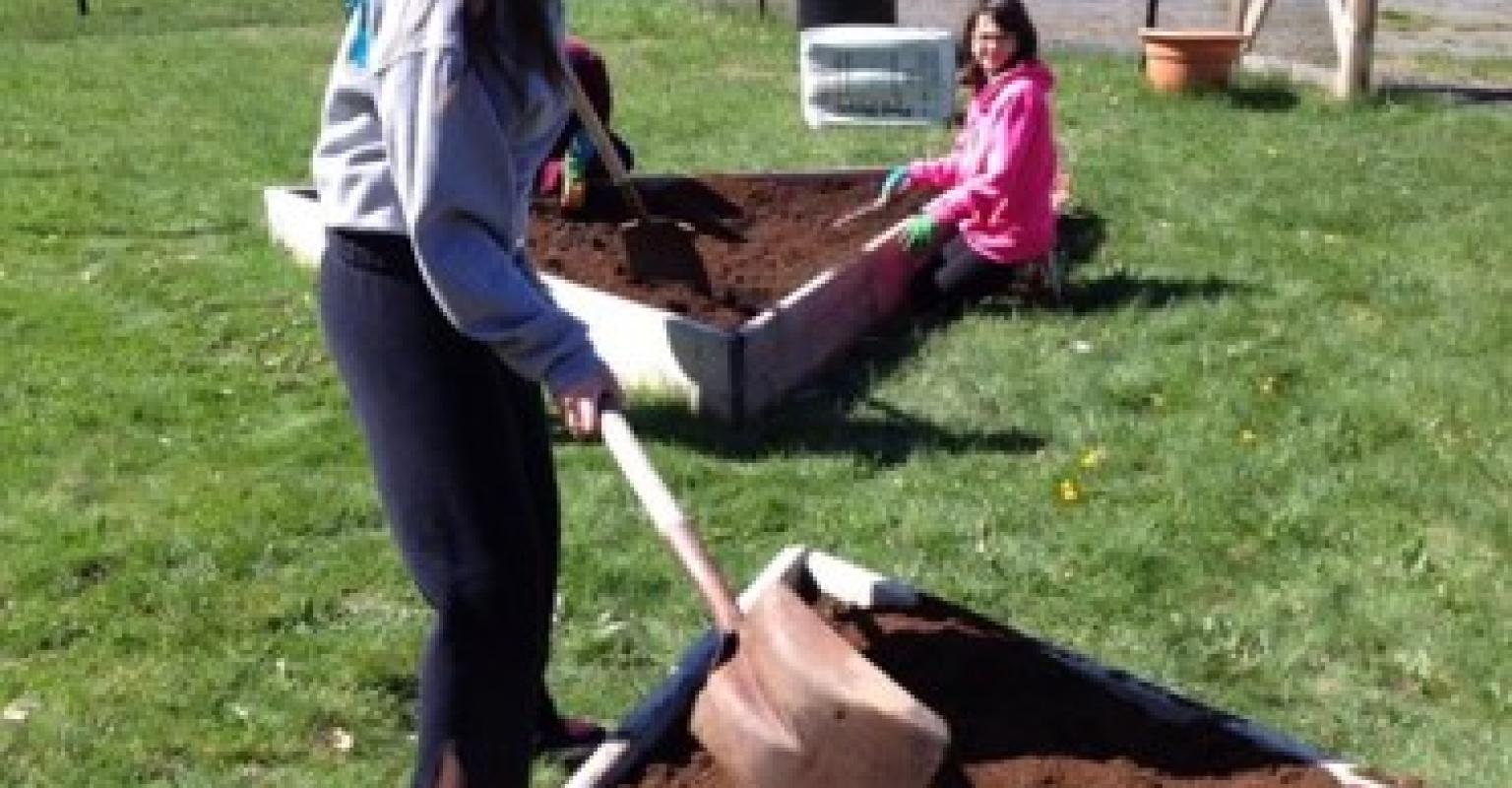Shabbat Centered Model: Shabbat 2.0
Reform Temple of Forest Hills, Forest Hills, NY
Model description adapted from The Express Innovation Guidebook, 2011.
This model also includes multi-age learning.
What Were You Trying to Achieve with this Model?
-
To centralize Shabbat, bringing it back into people’s lives, and to reinvigorate Saturday mornings in the synagogue
-
To help foster deeper connections for participants with the larger congregational community
-
To provide community in good times and in bad
-
The model complements another initiative, Shabbat Central, in which the entire religious school comes on Shabbat morning together with their parents
- To bridge the gaps between youngest and oldest members of the congregation
Relationship of Model to Congregational Learning System:
-
Families participated in the four Shabbat Central events during the year.
-
Religious school-age children continued to attend religious school classes on Sunday.
Who are the Learners?
-
An intergenerational cross-section of the congregation
- Empty-nester families, families with young children, families with children in grades 1-7
Who are the Educators/Learning Facilitators?
Rabbis, rabbinic educator, cantor, educational leader, and one teacher
What is the Learning? How is it Designed?
-
Shabbat 2.0 is designed to foster community among participants.
-
Facilitators provide opportunities for both informal and experiential learning.
-
Sessions begin with community-building “schmooze” time.
-
The group is divided to facilitate age-appropriate learning initially and then comes back together to share feedback.
-
Learners without participating children receive art projects completed by the children during group learning to add to their Shabbat baskets.
-
Learning sessions are followed by participation in the congregation’s Shabbat service.
-
Shabbat 2.0 participants received Shabbat baskets during the first session of the model. Learning in subsequent sessions centered around each of the items in the basket.
- On Shabbat mornings when Shabbat Central met, Shabbat 2.0 participants joined with the rest of the religious school.
Where does the Learning Happen?
-
In various synagogue spaces
-
At home when learners use the ritual object studied at the prior session
- One off-site session to deliver food and visit recipients
When does the Learning Happen?
-
Two times a month on Shabbat
-
A mix of Shabbat dinner, Shabbat morning and Havdalah sessions
What is Inspiring about this Model?
-
The congregation created a richer intergenerational experience for Shabbat Central.
-
Families feel more connected to the congregation and more knowledgeable about Shabbat.
-
Participants in Shabbat 2.0 became more involved as leaders in the congregational community.
- Involvement in congregational activities and programming has increased.
Key First Steps and Recruitment Plan:
-
Identifying people who would be interested in participating in the model
-
Conducting a focus group to develop a model
- Preparing the Shabbat baskets and the curriculum including items that would be in the basket. Learning throughout the year focused on these ritual items.
Role of Governance and Clergy:
-
Initial lay oversight included representation from each of the groups in the model – an empty-nester, parents with young children, and the religious school committee chairs.
- All were involved in the development of the model and also provided feedback to facilitators about the sessions during the year.
Budget:
-
Funding for the model came from the Legacy Heritage Innovation Project grant money.
-
Additional costs include Shabbat baskets for each family and one for each grade in religious school, meals, and additional funding for staff.
-
The congregation is looking for ways to sustain the model without the grant money in the coming years.
Additional Notes:
Participants received personal, individual invitations to join the model in order to keep numbers manageable in the pilot year. One outcome of the focus group was conceiving of Shabbat 2.0 as an additional learning opportunity rather than one which would replace the regular religious school experience.
How Do You Describe Your Congregation?
Reform Temple of Forest Hills is a Reform congregation with approximately 325 family member units. There is a senior rabbi, associate rabbi, cantor, and education director.
- Models-In-Action
- Shabbat
- Intergenerational Learning
- After School and Beyond
- Congregational Learning
- Family Engagement
- Educator Training
Discover more

Shabbat Centered Models focus on coming together within the context of Shabbat to worship, study, and connect to one another.

Peninsula Temple Beth El (PTBE), San Mateo, CA. Families in small groups with similar age kids begin learning together, move into separate groups for parallel study and then come back together for a family activity followed by participation in Shabbat worship.

Congregation Kol Ami White Plains, NY. Mesorah (tradition) is a choice-based model for 7th-12th graders that includes CORE learning and hands-on, experiential, project-based learning electives.
